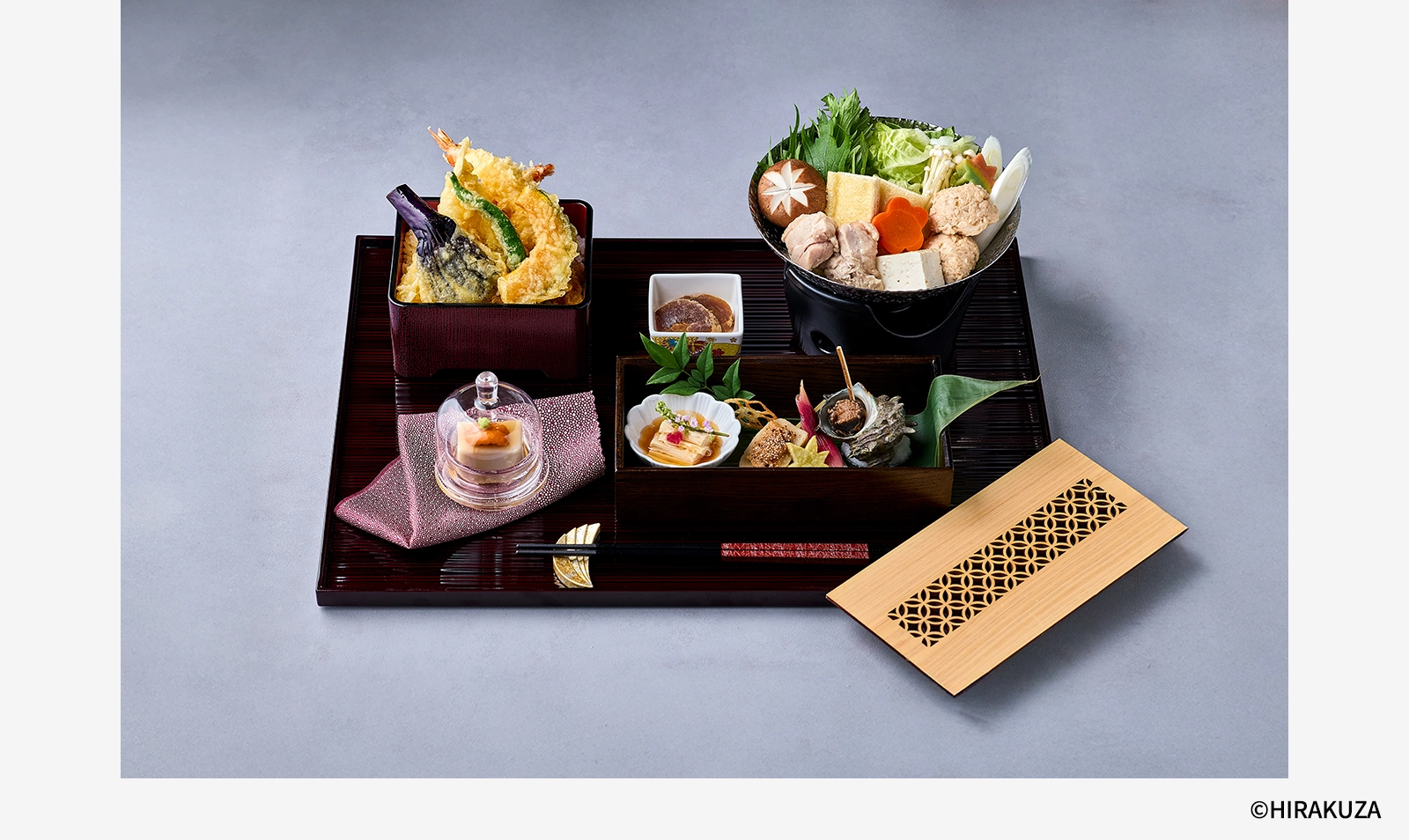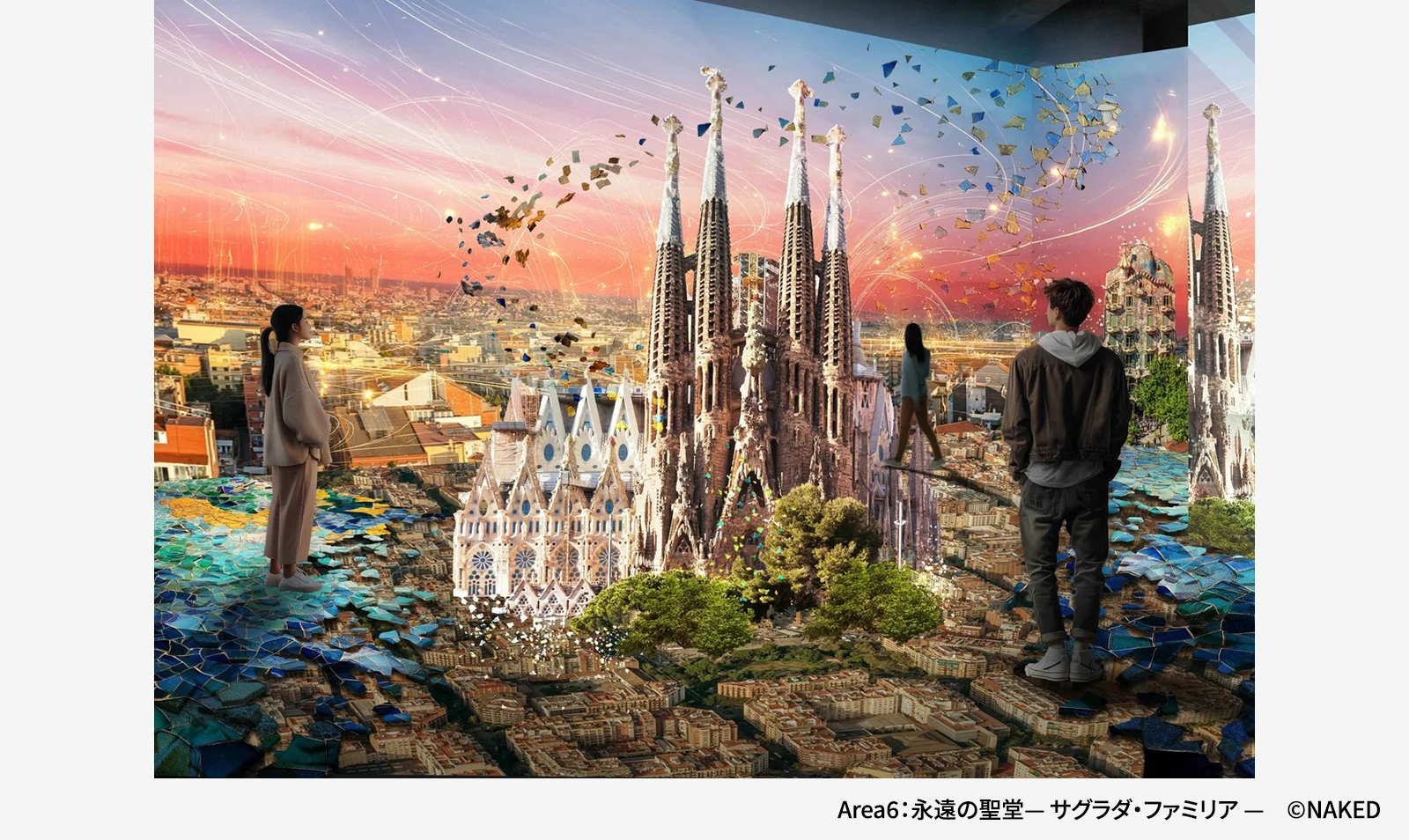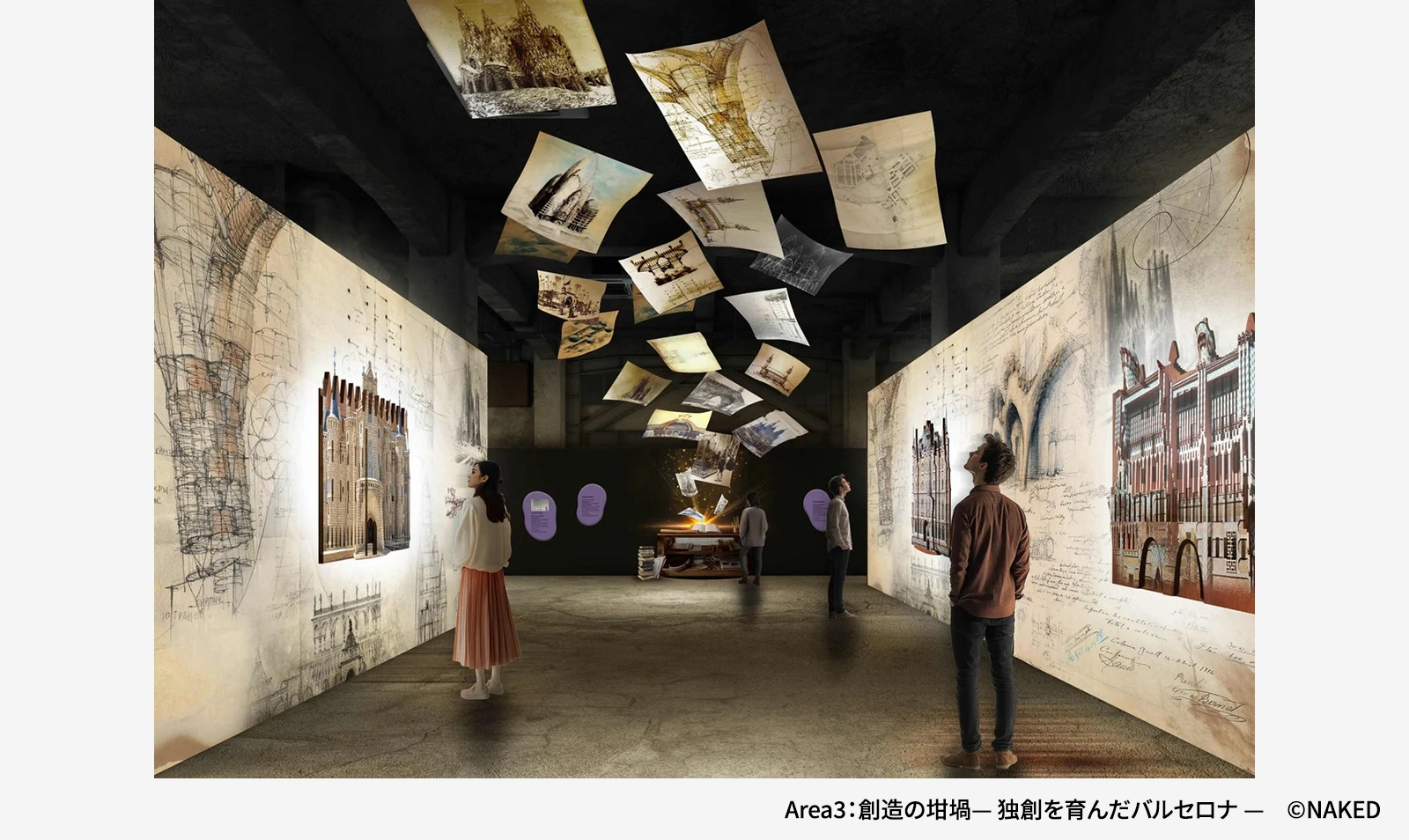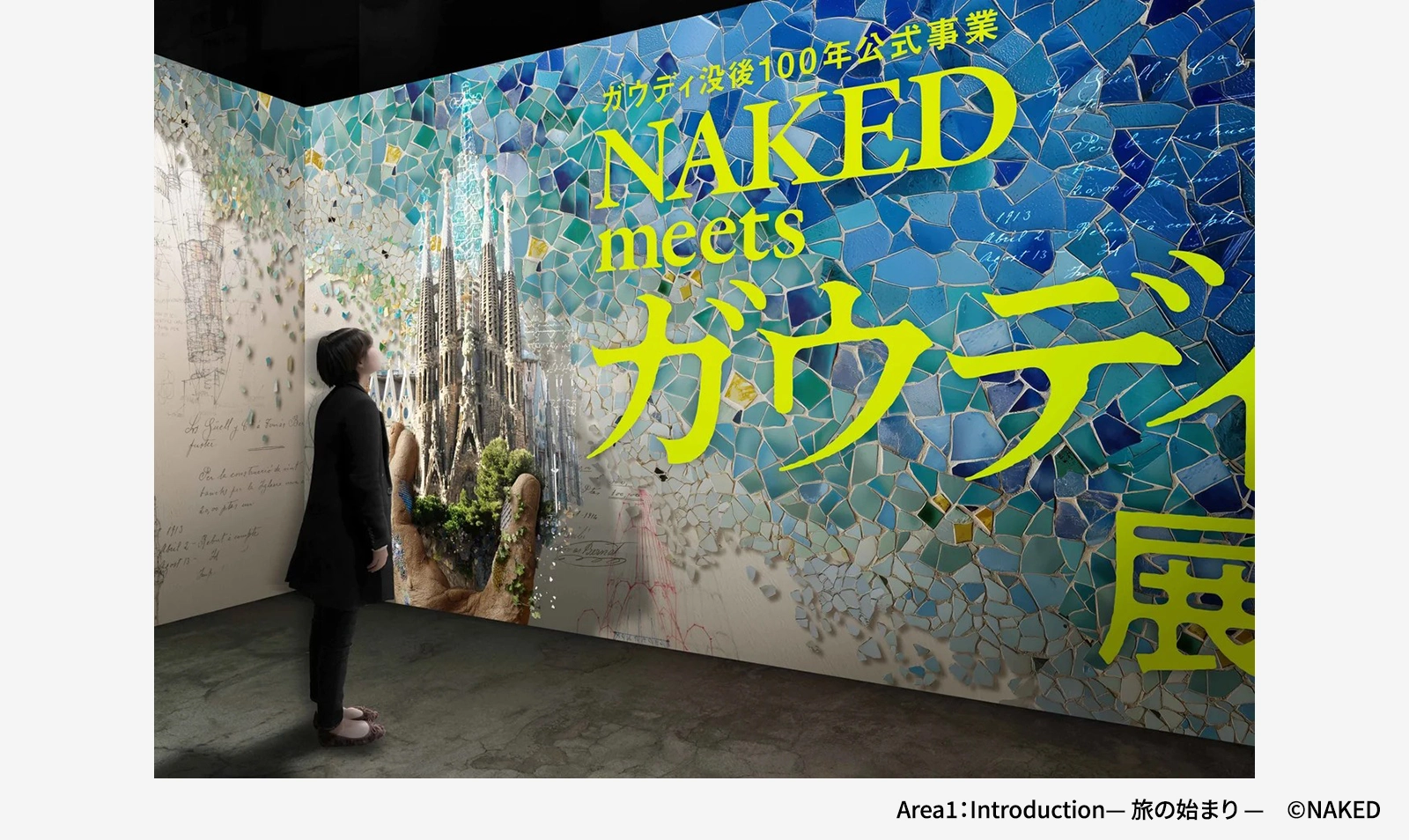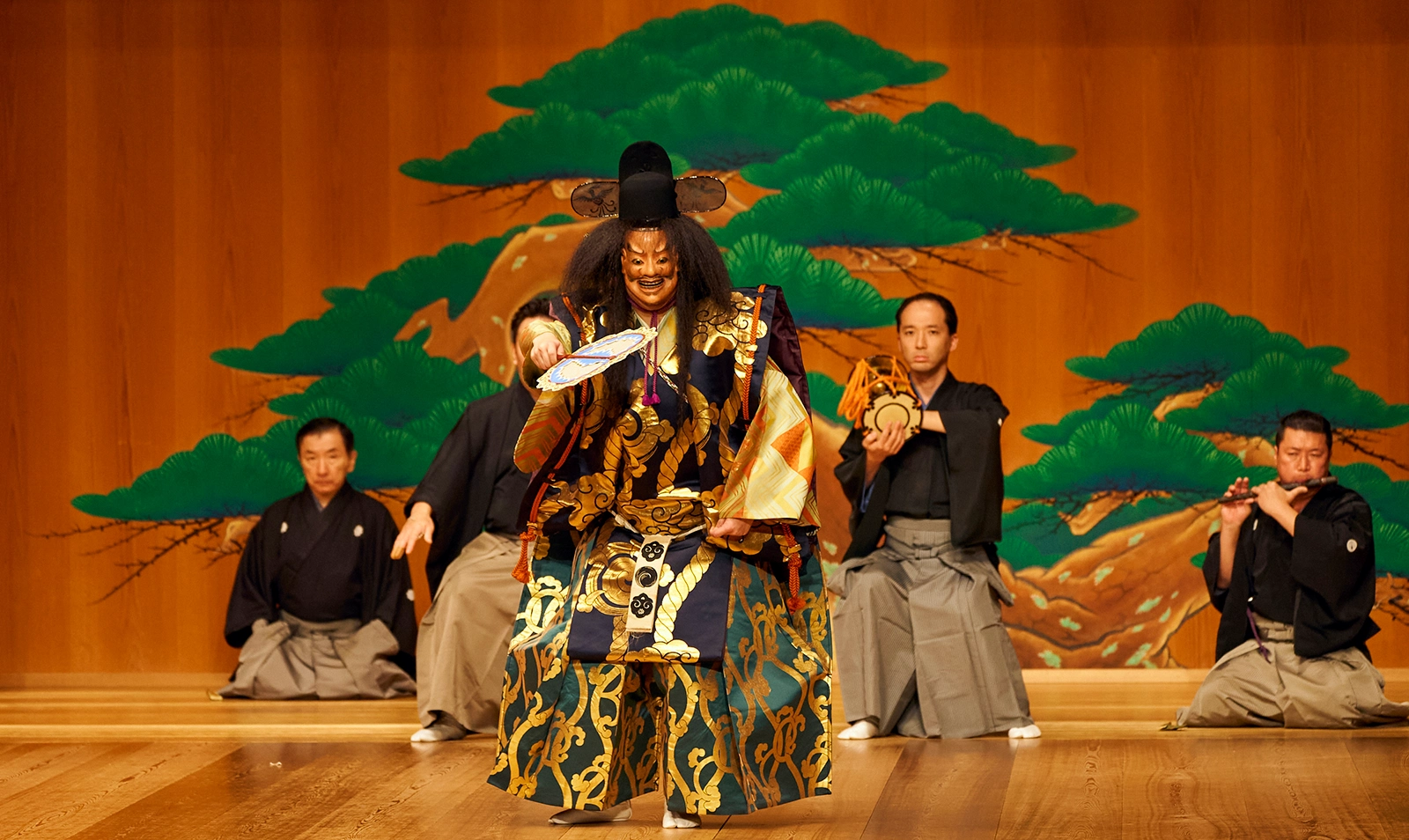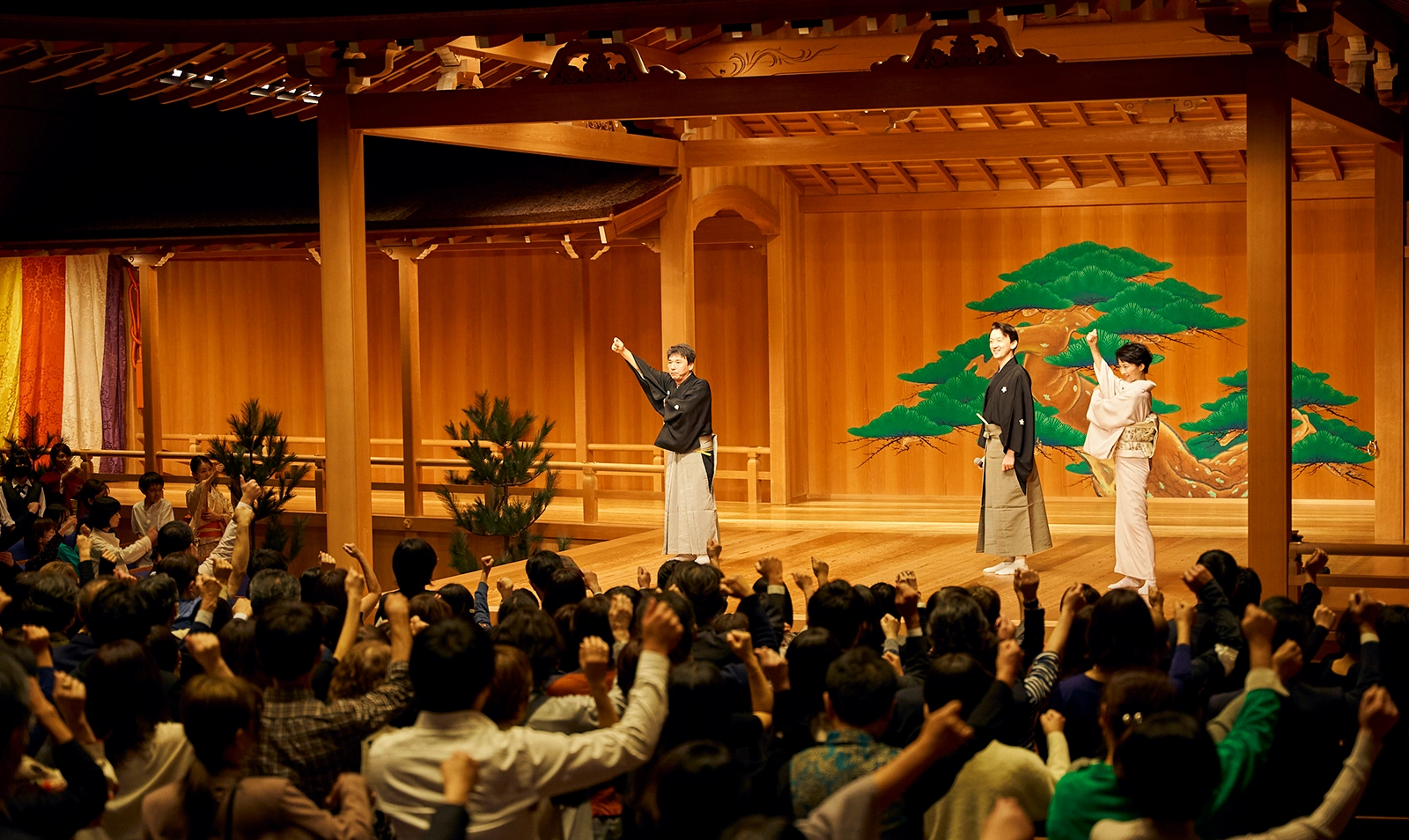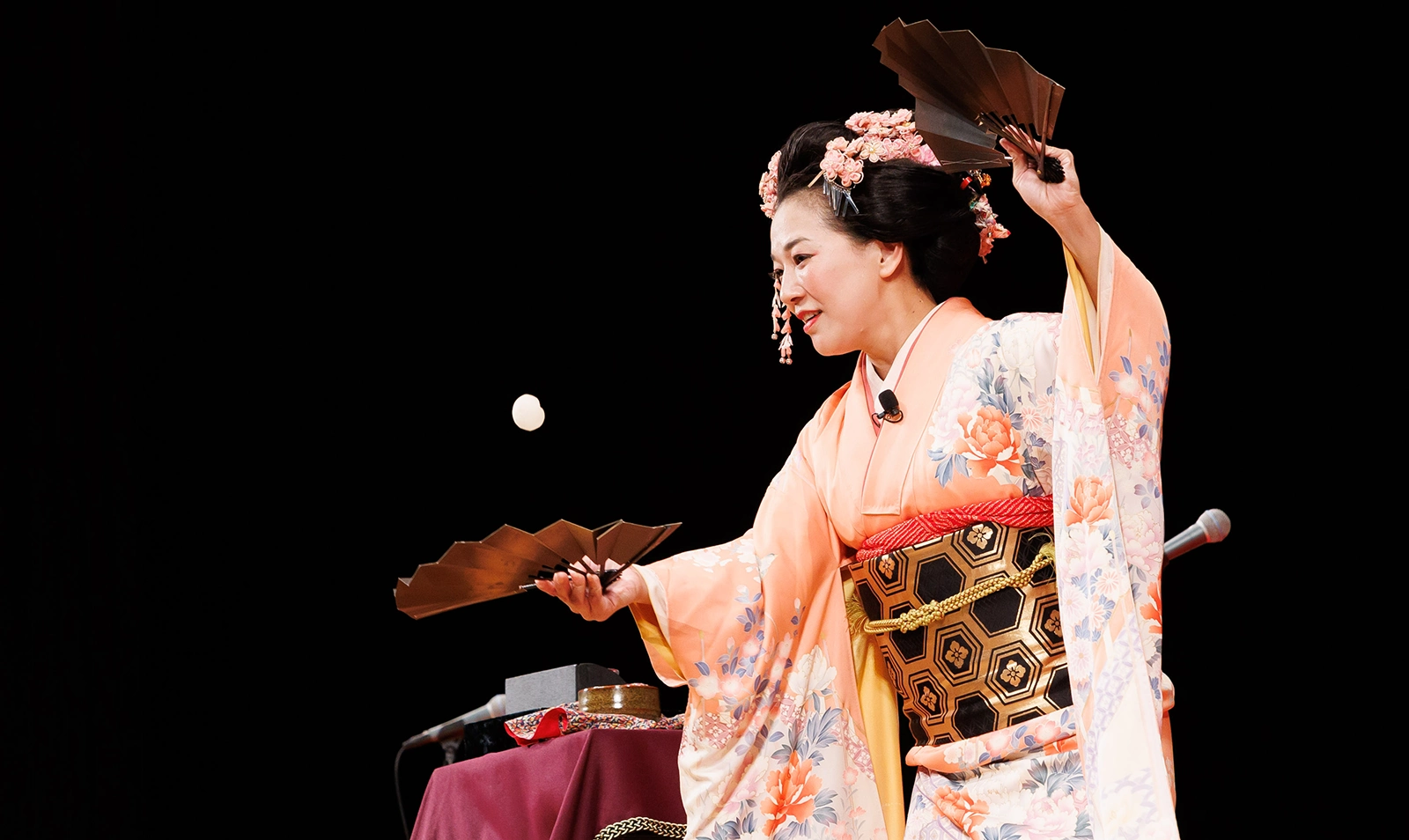Inside a Sake Brewery: a tour report from a sake lover
Subscribe DownloadSumo meets classic Japanese cuisine at a new show restaurant
January 7, 2026 Facility Ginza (Tokyo Sta.→ 15 min walk / Shinjuku Sta.→25 min by train)Official exhibition marking 100 years since Gaudi’s passing launches World Tour
January 10, 2026 – March 15, 2026 Exhibition Tennozu (Tokyo Sta.→ 25 min by train / Shinjuku Sta.→ 30 min by train)Experience traditional performing arts this New Year
January 18, 2026 – March 29, 2026 EventTokyo Report
Inside a Sake Brewery:
a tour report from a sake lover
What is Japanese sake?

Made from rice, a staple of the Japanese diet, and water, sake is part of traditional Japanese culture, with origins dating back more than 2,000 years. Since ancient times, sake has been offered to the gods and has played an important role in connecting people with the divine, for purposes such as warding off misfortune and praying for bountiful harvests. Even today, many breweries hold a Shinto ritual called Kurairi Shinji at the start of each brewing season, praying for safety in brewing and the completion of high-quality sake.
Sake is said to have flourished as part of popular culture during the Edo period (1603-1868), around the same time that the izakaya is also believed to have emerged.
One of sake’s attractions is that its aromas and flavors vary greatly depending on ingredients and brewing methods, making it enjoyable to taste and compare different types. Many people also enjoy exploring how sake pairs with seasonal dishes
How a sake brewery works
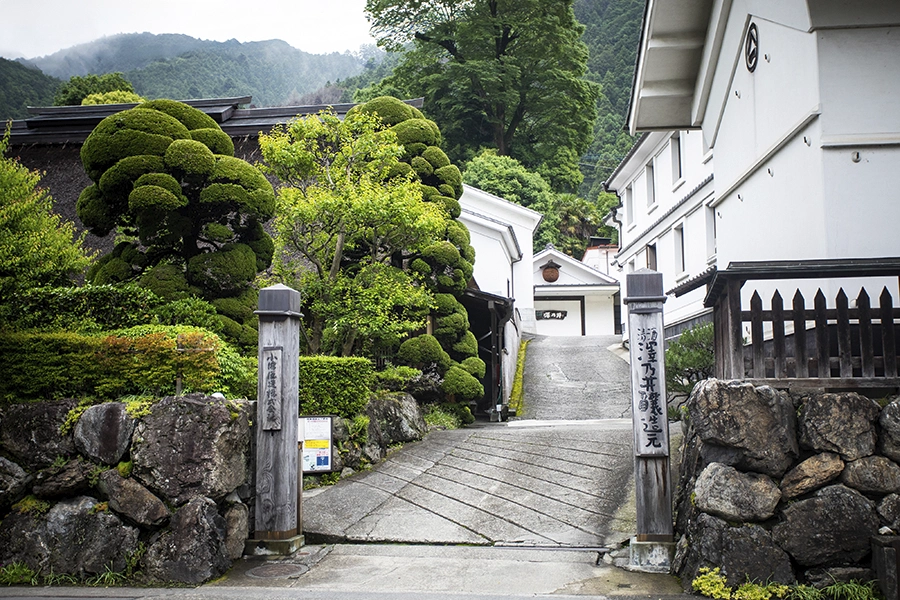
Sake is brewed and stored at a sake brewery. Turning rice into sake involves polishing, fermentation, three-stage brewing, and other complex processes. Specialists are in charge of each step, and the brewing process takes about 60 days.
Sake breweries can also be found in Tokyo, and the Tama region in particular—blessed with abundant nature and high-quality water—has produced many renowned sakes. Award-winning sake is brewed at some Tokyo breweries, having received prizes at international sake competitions. Some establishments also offer tours and tastings, so why not visit one?
Sake brewery tour report: Ozawa Brewery
The lush natural beauty of Ome City in western Tokyo is home to the Ozawa Brewery, one of the oldest of its kind in Tokyo, with a history of over 300 years. Since time immemorial, sake production has made the most of this region's natural advantages, including its clean, pure water. Ozawa Brewery’s signature label, “Sawanoi,” has won awards at international sake competitions and is drawing international attention.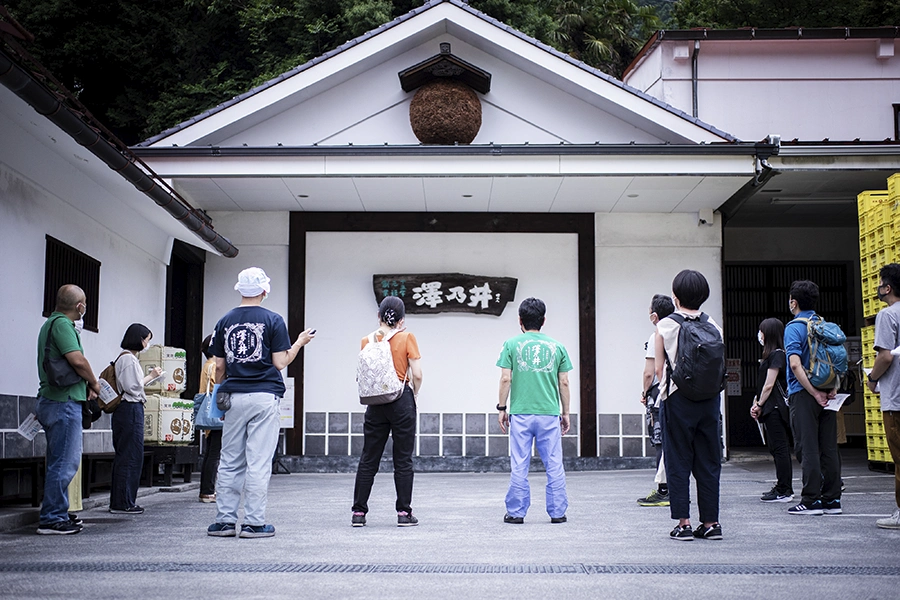
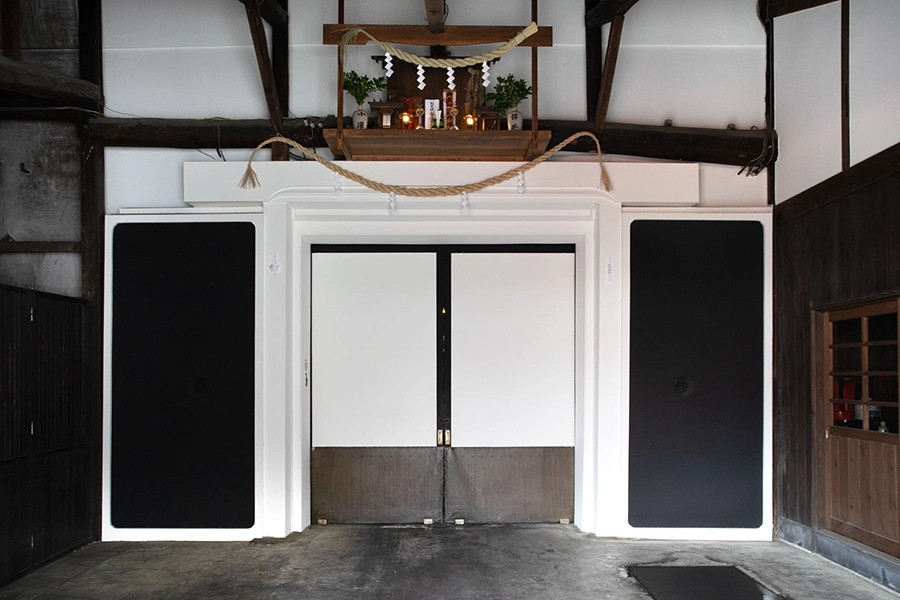
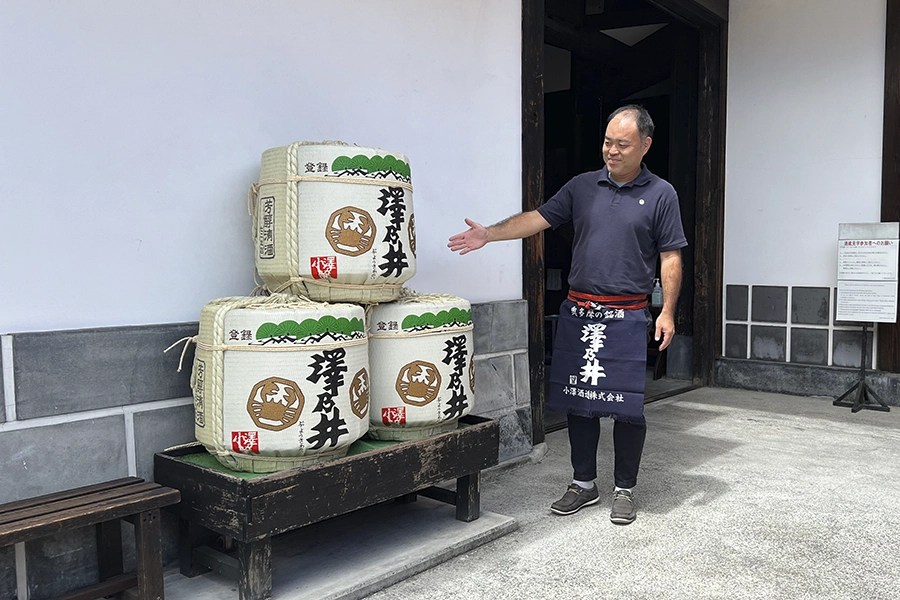
Upon arriving at the brewery, a large cedar-sphere hanging at the entrance catches our eye. Called “sugidama,” this is a sign that the year’s new sake is ready. Entering the brewery, a magnificent Shinto altar gives a real sense of the connection between sake and sacred ceremonies. It seems the artisans pay respects to this altar every morning before starting work.
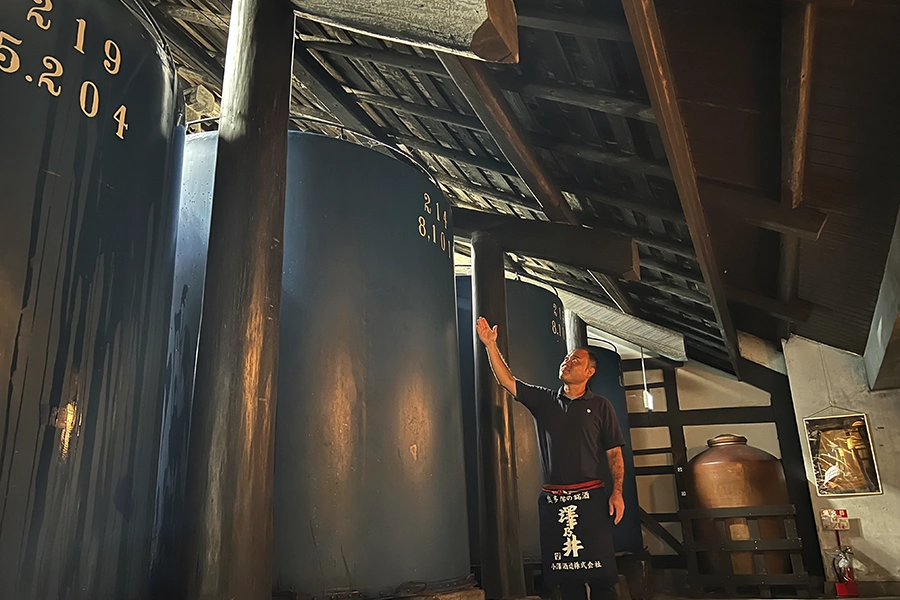
First, we tour a brewery building that has been in use since the Edo period. One of the highlights is the rows of giant tanks where finished sake is stored. The brewery building is designed to stay cool year-round, a testament to the wisdom of past generations.
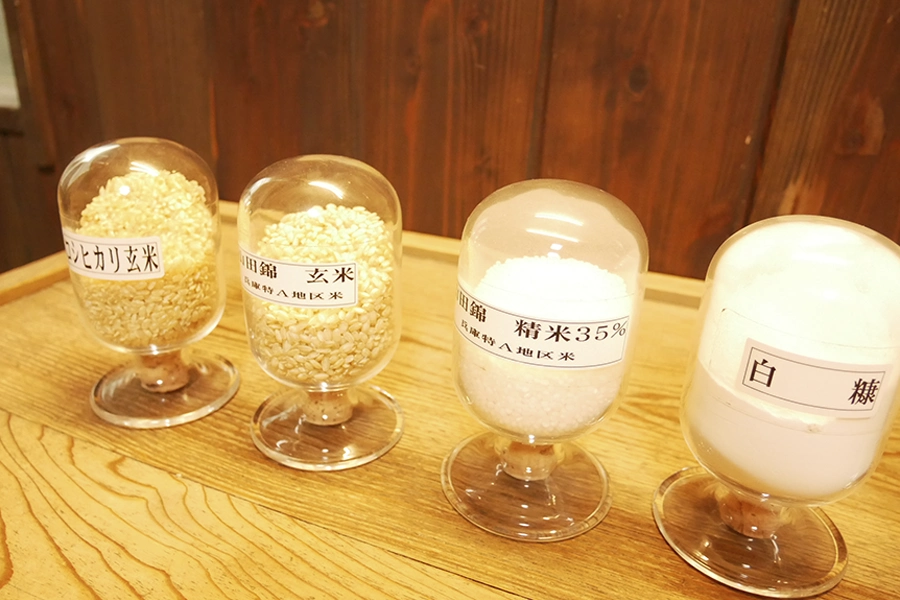
Next, we heard about the rice-polishing process. Since the taste and aroma of sake change depending on how much the rice is polished, this is a pivotal step. To prevent rice grains from cracking, the polishing takes place over several days. The rice bran produced during polishing is used as an ingredient for nukadoko (rice bran pickling beds) and rice crackers. It was impressive to see that their efforts go beyond brewing sake and also contribute to sustainability. Afterwards, we observed how the fermenting mash (moromi) is pressed to produce sake, and we also saw the wooden vats used for brewing.
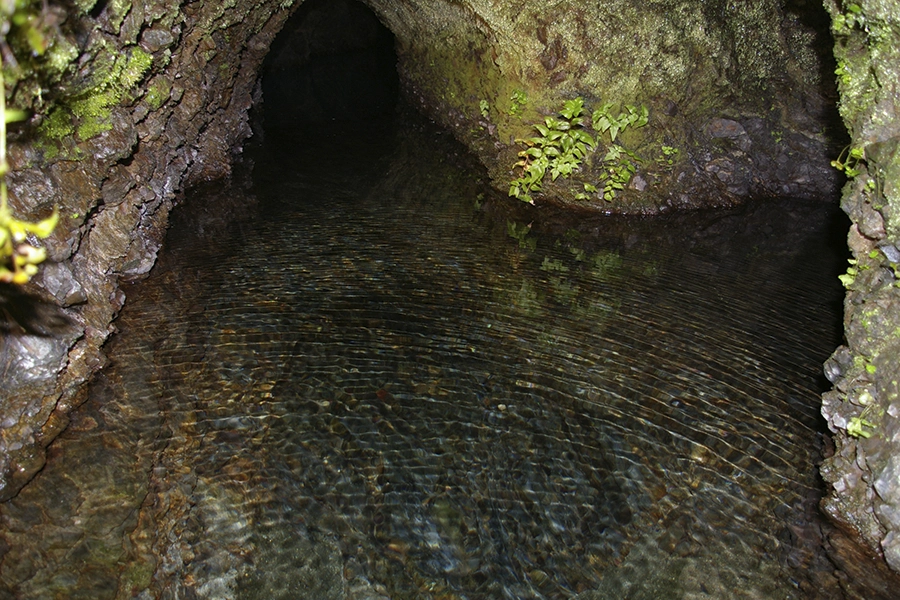
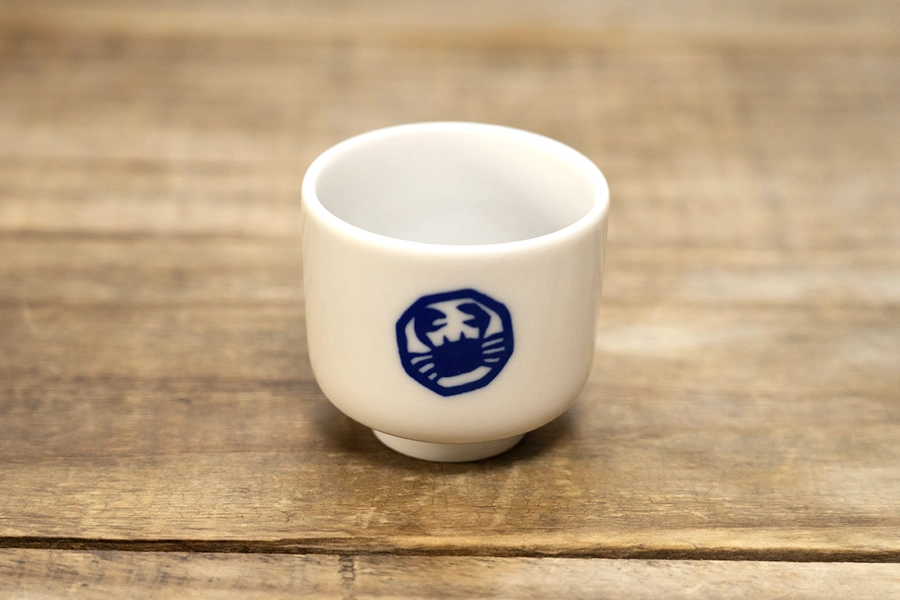
https://www.sawanoi-sake.com/en/
Discover another Tokyo brewery: Ishikawa Brewery
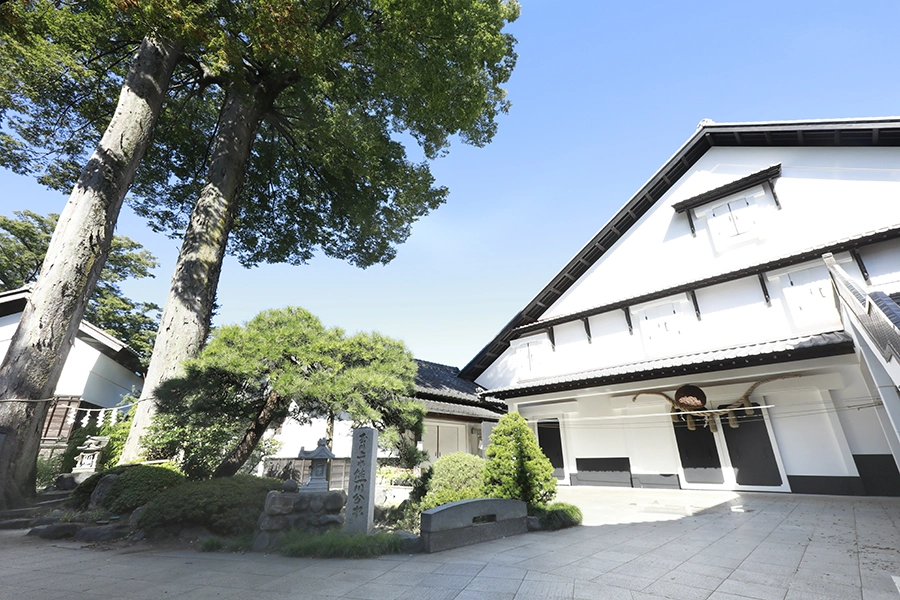

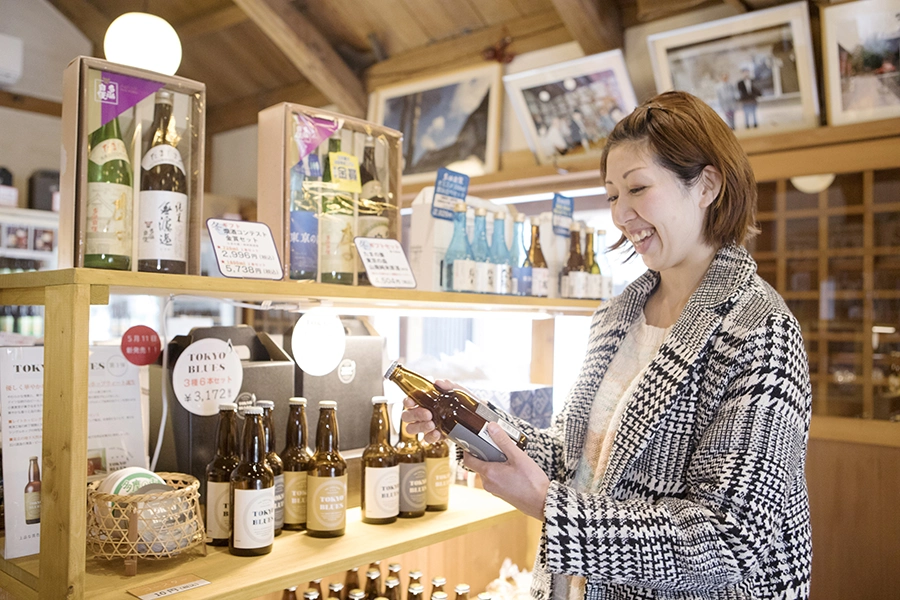
You can also take a self-guided stroll free of charge, with no reservation required. As you walk around, you can enjoy the historic atmosphere of the brewery grounds, which includes six buildings on the premises designated as Registered Tangible Cultural Properties of Japan.
In addition to Ishikawa Brewery’s signature sake, “Tamajiman,” they also produce beer. At the on-site restaurant, you can enjoy both sake and beer.
https://www.tamajiman.co.jp/en/
Other breweries in Tokyo that offer tours include:
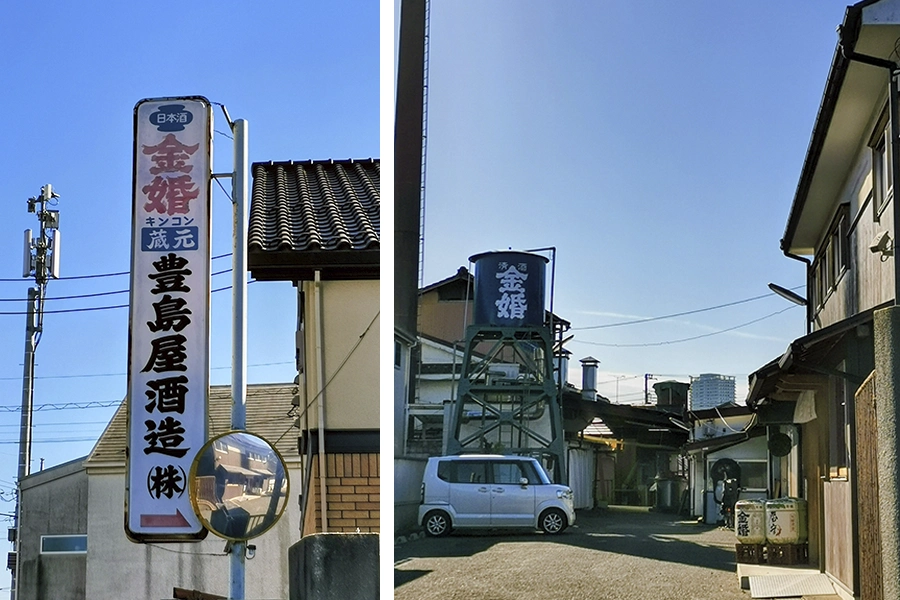
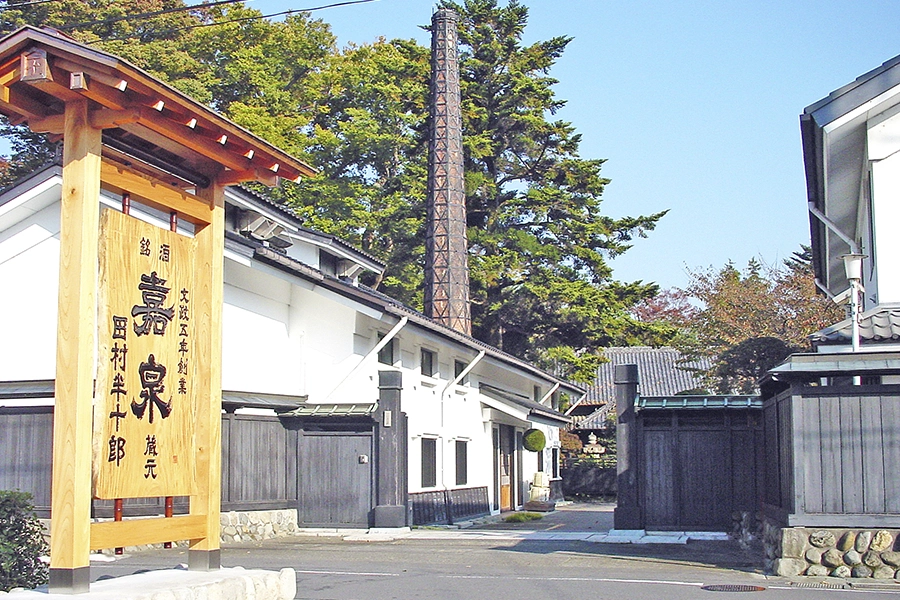
http://www.toshimayasyuzou.co.jp/(Japanese site only)
[R]Tamura Brewery (Fussa City)
https://www.seishu-kasen.com/en
Editor’s Note
The popularity of sake is growing worldwide. This tour reminded me once again that sake is the culmination of artisanal skill and each brewery’s dedication. Of course, you can enjoy sake by drinking it, but there are many other ways to enjoy the world of sake as a hobby, from visiting sake breweries to collecting sake vessels. There are many different types of vessels for drinking sake, and it is often said that the enjoyment of sake changes depending on the material and shape.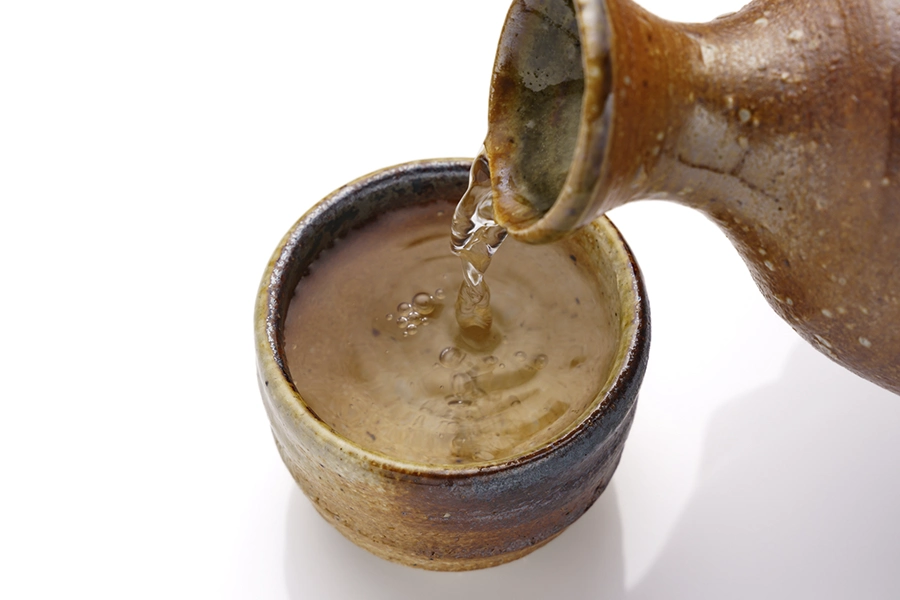
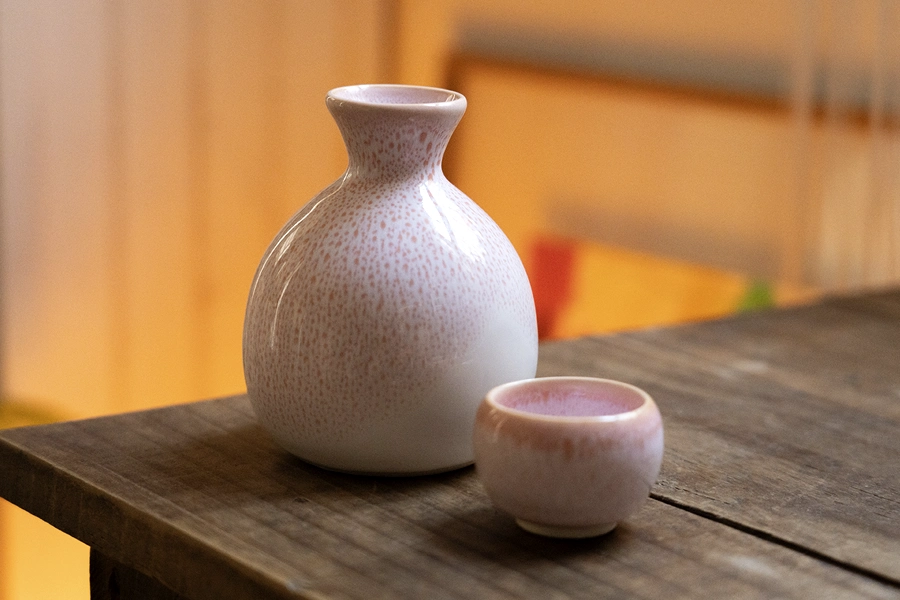
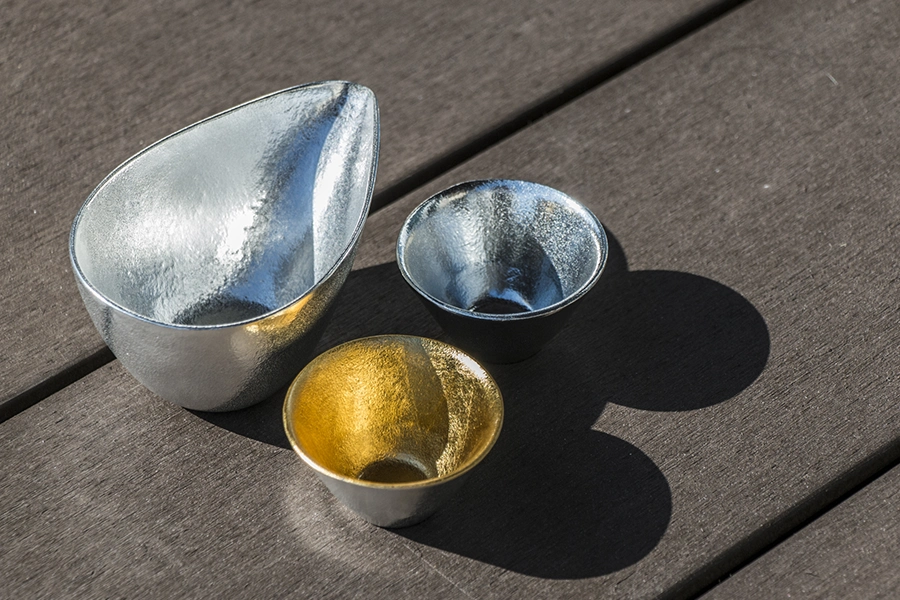
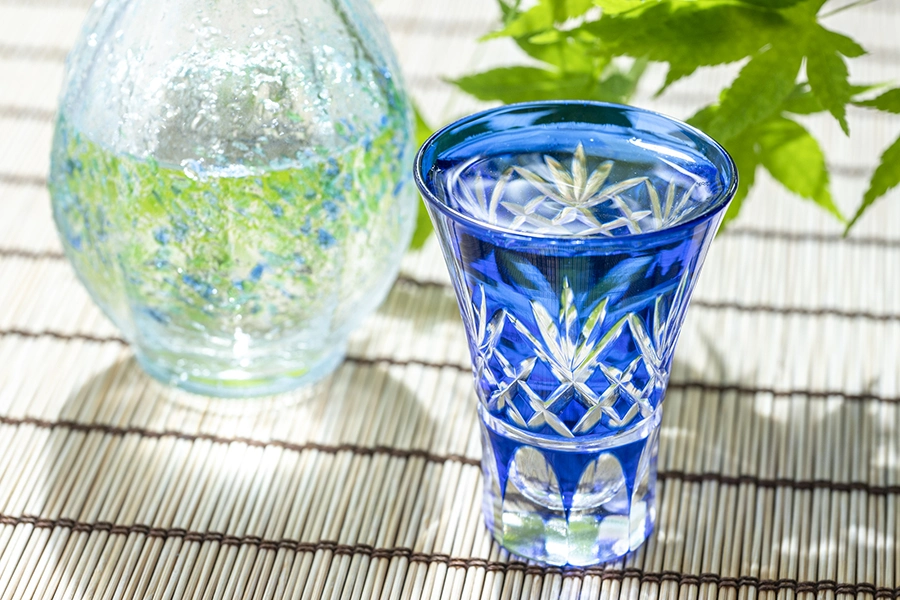
- Earthenware (pottery): Said to soften the taste of sake, making it easy to pair with many types. Versatile for both warm sake and chilled sake.
- Porcelain: Thinner than pottery, with a smooth texture and a pleasantly cool feel.
- Tin: Said to remove harsh notes and make the flavor smoother and mellower.
- Glass: Lets you enjoy the sake’s flavor as it is, and pairs especially well with aromatic chilled sake. Glass sake vessels made with Edo Kiriko, a traditional craft of Tokyo, are also popular.
Tokyo-based sake brands like the one I visited are also energizing the industry. When you visit Tokyo, take the opportunity to delve deeper into the world of sake!





